Comparison Between Japanese Eel (Anguilla japonica) and Vietnamese Eel (Anguilla marmorata)
The Japanese eel (Unagi), often called eel like Vietnam's freshwater eel, has been confused with the Vietnamese species due to historical trade and translation errors. So, are Japanese eels and Vietnamese eels the same?
Below is a comparison between Japanese eels (Anguilla japonica) and the types of eels found in Vietnam. Let’s explore these differences together with Aqua Mina in this article!
.png)
1. Physical Characteristics:
Japanese eels, or Anguilla japonica, are larger, with a mixture of soft bones embedded in their muscles and a firmer backbone. In contrast, Vietnamese eels, or Anguilla marmorata, are smaller, with a more complex bone structure containing many small, hard bones. The flesh of Vietnamese eels is less abundant compared to Japanese eels.
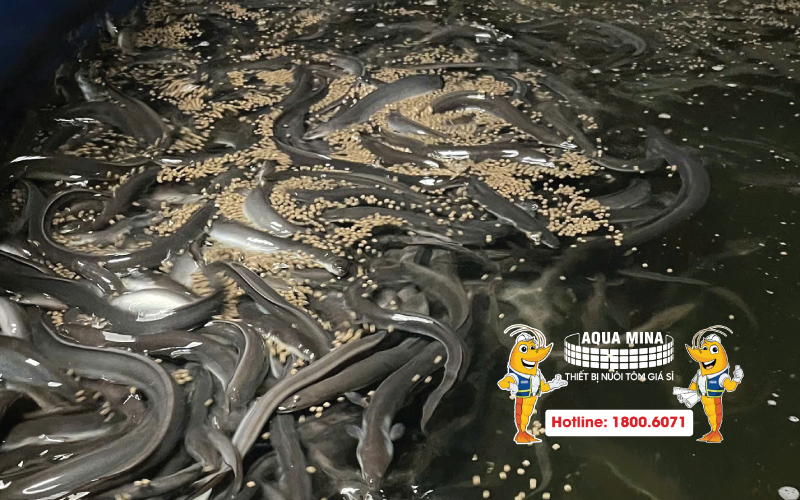
 aqua mina.png)
2. Origins and Habitat:
Japanese eels, commonly referred to as Unagi, primarily inhabit Japan, Korea, northern Philippines, and parts of Vietnam. These eels are found in both freshwater and saltwater environments, migrating thousands of miles from rivers to the sea near the Mariana Islands for spawning. Their larvae then travel back to land, following ocean currents, where they grow by feeding on plankton.
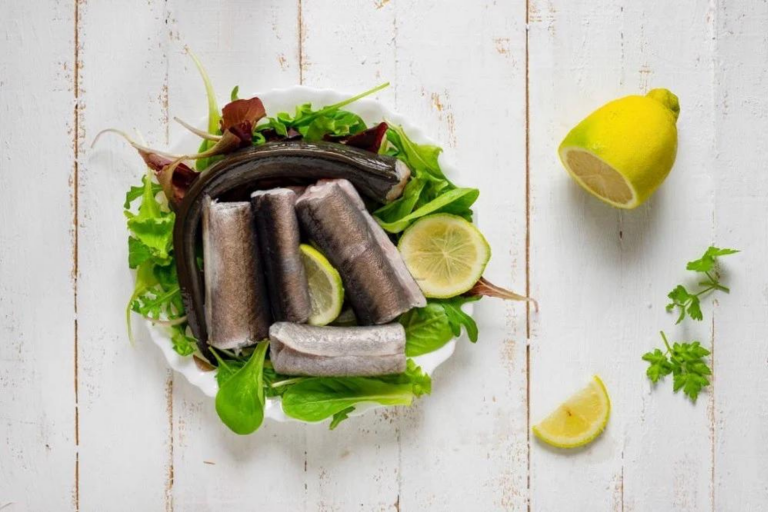
Vietnamese eels, on the other hand, belong to the Synbranchidae family. They breathe through gills, have a smooth, brown body, and possess small teeth for eating fish, worms, and small crustaceans. They prefer freshwater and brackish environments, living in muddy ponds, swamps, rice fields, and ditches.
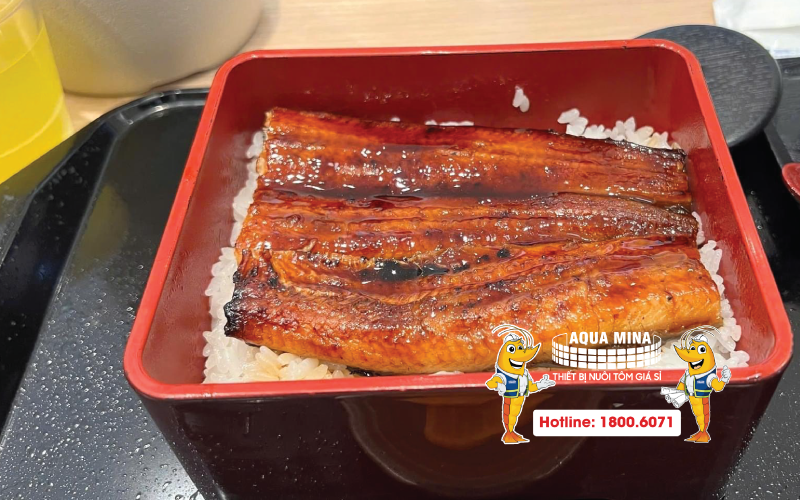
3. Nutritional Value:
Both Japanese and Vietnamese eels provide significant amounts of protein and healthy fats. Eel meat is rich in Omega-3 and Omega-6 fatty acids, which are beneficial for heart and brain health. It also contains vitamins and minerals that strengthen the immune system.
Dishes made from Vietnamese eels
Dishes made from Japanese eels (unagi)
However, Japanese eel meat is said to contain more DHA, which supports brain function and may reduce the risk of cancer growth. It also includes amino acids like arginine, cysteine, and cystin, which have anti-inflammatory properties, reducing the risk of joint inflammation and nerve pain, and promoting overall vitality and recovery.
4. Culinary Uses:
In Japan, eel is prepared in a variety of unique dishes such as salted grilled eel (Shirayuki), teriyaki eel, and eel rice bowls (Hitsumabushi). A well-known delicacy is grilled eel served with Kabayaki sauce, a traditional dish loved for its crispy exterior and tender meat.
In Vietnam, eel is a popular ingredient in dishes like eel porridge, eel soup, vermicelli with eel, and eel stewed with banana. Familiar Vietnamese recipes include stir-fried eel with chili, lemongrass eel, and eel cooked with banana. The meat of Vietnamese eels is sweet and soft, creating flavorful, traditional dishes.
In conclusion, Japanese eels (Unagi) and Vietnamese eels are two distinct species, each offering unique characteristics, flavors, and nutritional benefits. Exploring dishes from both types of eel can provide an exciting culinary experience and a deeper appreciation for their role in Japanese and Vietnamese cuisine.
Contact AQUA MINA for consultation and supply of aquaculture round tanks and aquaculture equipment for high-tech shrimp farming.
- Address: 685 National Highway 1A, Binh Hung Hoa Ward, Binh Tan District, Ho Chi Minh City
- Phone: 1800 6071 (Toll-free hotline)
- Email: sales@aquamina.com.vn or oversea@aquamina.com.vn
Aqua Mina's distributor in Japan:
REX INDUSTRIES CO., LTD
- Address: 1-9-3 Hishiya-Higashi, Higashi-Osaka 578-0948 JAPAN
- Email: kimakubo@rexind.co.jp
- Phone: +81-(0)72-961-9893
- Website: www.rexind.co.jp/e/](http://www.rexind.co.jp/e/
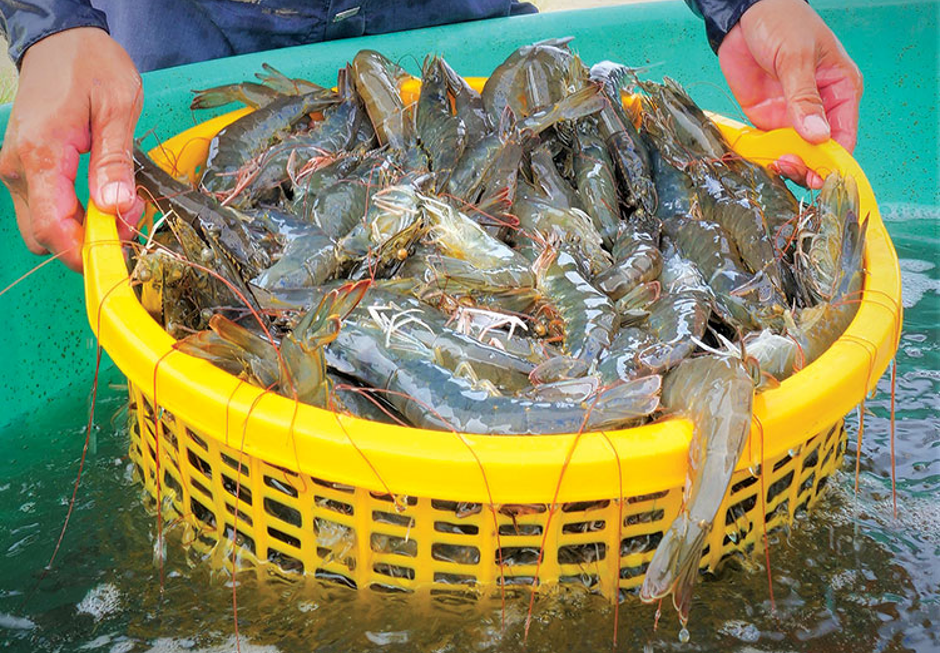
Ngày đăng : 29/10/2024
3720 View
Other Articles
Portuguese food group acquires 18% stake in cod farming company Norcod
Indonesia implements radioactive-free shrimp certification for exports to the United States
India is world’s second-largest shrimp producer. That is now under threat
Ca Mau’s shrimp industry moves towards “green” growth
Floods devastate aquaculture, processing operations in Vietnam
Ecuador Leads Global Shrimp Exports, Surpassing USD 7 Billion in 2025
India's marine product exports rise 16% as new markets offset US dip
Skretting presents the first shrimp feed with insect meal in Vietnam
Sharing: EU increases shrimp imports in the first 9 months of the year
Gideon De Oro opens high tech Cebu shrimp plant, to revive exports
White-leg shrimp facing WSSV: When density and environment fluctuate together








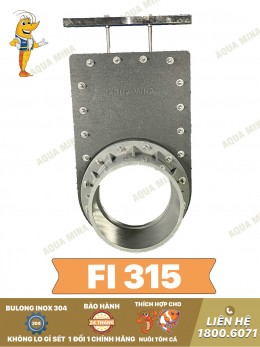
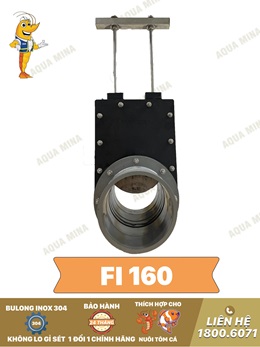
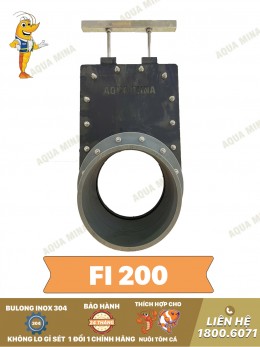
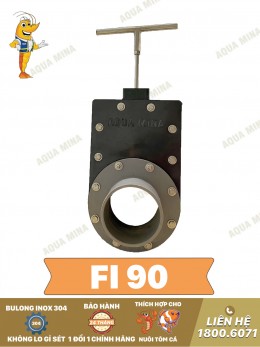
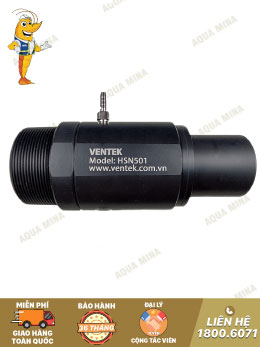
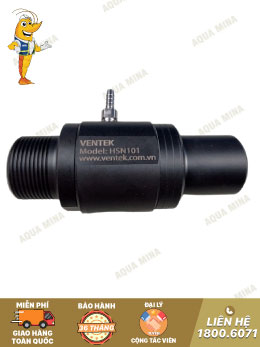

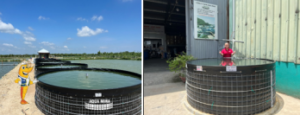
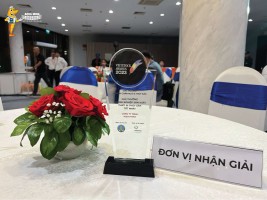

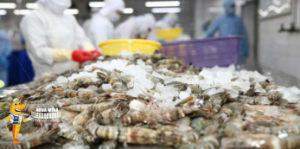
.jpg)